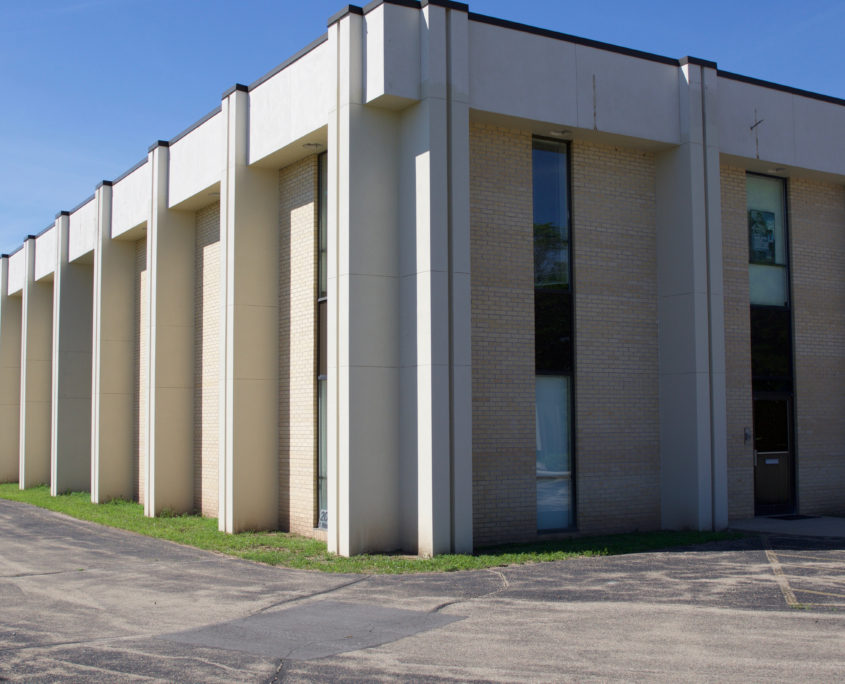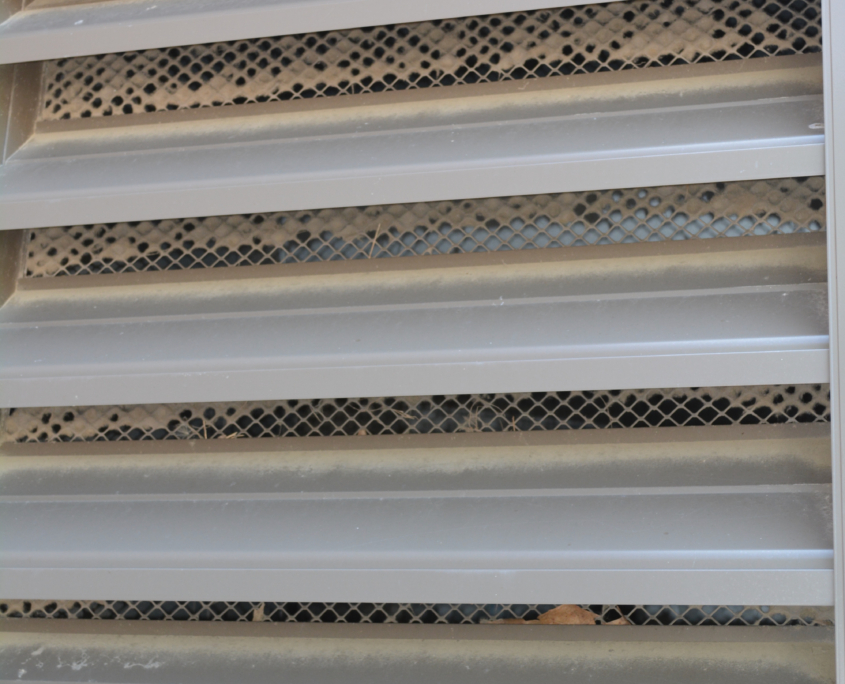Brain Damage the Cost of Office Carbon Monoxide Poisoning
Office carbon monoxide poisoning is a major risk of long term disability and brain damage. It rarely gets headlines because people usually don’t die. But the brain damage impacts thousands.
Last week we wrote our first blog about the risk factors for carbon monoxide poisoning in places that people don’t sleep: schools. This week we are focusing on another place that poisonings occur which get less attention and prevention efforts, office buildings.

The site of an office carbon monoxide poisoning is shown here. A poisoning in this building resulted in a claim that was resolved for in excess of $10 million. This type of seemingly modern office building is a prime culprit in office carbon monoxide events because they aren’t big enough to have trained maintenance personnel and are old enough to have substantial deferred maintenance.
Too much of the concern on carbon monoxide poisoning is solely on preventing deaths, but for everyone who dies from carbon monoxide inhalation, there are likely 20 or more who are left with permanent brain damage. For more on the symptoms of brain damage from carbon monoxide poisoning, click here.
Thus, to prevent brain damage from carbon monoxide poisoning, it will be important that prevention efforts and regulations also include office buildings. While more and more states are starting to impose requirements for CO detectors in schools, office buildings are significantly lagging behind. The PTA type advocacy that has resulted in new regulations for schools doesn’t have the same type of advocates or engender the same emotions for office buildings. It goes without saying that protecting the Moms and Dads while they are working is as important as the children while they are at school, but it is harder to get state legislatures to prioritize safety in the workplace. While building codes and the International Fire Code are making inroads on this problem, it isn’t happening fast enough. See https://thejenkinsfoundation.com for the advocacy that Kris Hauschildt is doing in there areas.
Office Carbon Monoxide Poisoning Impacts Dozens at a Time
As with schools, when an office building has a carbon monoxide leak, it can impact hundreds of people at a time. Any poisoning in an office building is likely to impact everyone who is in the building. Office buildings like the one above recirculate the same air throughout the building, so that if there is Carbon monoxide in one part of the building, it is likely to impact everyone. The reason there are thought to be less deaths in office buildings than hotels is that as people are awake when they get poisoned, they are more likely to be alerted to the danger of being poisoned. If an entire room of office workers is getting poisoned at one time, it is probable that by the time the third or fourth person gets sick enough to pass out, someone will make the connection that it could be an environmental cause for the illness. At that point, 911 may be called and people evacuated.
The risk factor of course is someone who might be working in an office by him or herself, especially late at night.
Office Carbon Monoxide Causes
As with most other locations, the cause of carbon monoxide leaks are multiple, but occur typically for the same basic reasons: deferred maintenance of HVAC equipment. Equipment obsolescence is perhaps a bigger problem in office park buildings than even in apartment complexes. The general attitude people have about furnaces and hot water heaters is that these appliances will last forever, unless they break. People look at an office building like the one above and think that it is a “new” building. That building was built in the 1980’s and had original furnaces in it at the time of the poisoning. The furnaces looked fine but were over 30 years old.
Furnaces Don’t Last Forever
How long does a furnace last: the manufacturers recommendations are usually 18-20 years. That means that any building built before 9/11 has a furnace that needs to be replaced. But that recommendation is based upon a furnace that has regular maintenance, including having the burners cleaned and all air intakes kept clean. One of the principle causes of carbon monoxide poisonings is an obstructed combustion air intake.

Shown above is a “bird screen” obstructed by cottonwood debris. Office carbon monoxide poisonings can be caused by simple deferred maintenance problems such as failing to seasonally clean these screens.
If a furnace or other fuel burning appliance isn’t getting enough oxygen, carbon monoxide will be created. If the “bird screens” on the air intake vents aren’t maintained seasonally, this can happen.
Hot Water Heaters Malfunction before they Leak Water
A major area of deferred maintenance is hot water heaters and boilers. Hot water heaters have even shorter life expectancies than furnaces but rarely get attention when they aren’t leaking. A hot water heater may only have a useful life of ten years. That means that even a home built before 2010, may have a dangerous hot water heater. Almost no on in the office management business is maintaining their hot water heaters.
Solutions for Office Safety
The solutions for office carbon monoxide prevention include the following:
- Carbon monoxide poisoning alarms in every office, not just in the equipment rooms.
- All office buildings must have deferred maintenance contracts with professional HVAC companies, for regular seasonal maintenance, which cleans and services each fuel burning appliance on the premises.
- All HVAC equipment must be replaced at the end of its manufacturer’s recommended useful life.

Please call my office at 800-992-9447 if you want to talk to an attorney.
Gordon Johnson